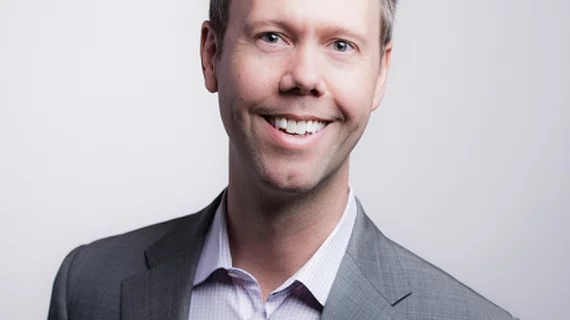HFMA 2017: Patientco’s Alan Nalle on how predictive modeling can improve patient billing
Predictive modeling has been shown to help providers assess patient risk for a variety of conditions—which is how the vast majority of hospitals and health systems have been utilizing it. On the financial side, it’s been used by CMS to identify and prevent hundreds of millions of dollars in fraudulent Medicare and Medicaid payments before they happen.
Alan Nalle, MBA, chief strategy officer for cloud-based payment technology company Patientco, says it can go beyond identifying fraud and risk and increase payments with a more patient-friendly billing process. At the Healthcare Financial Management Association (HFMA) conference in Orlando, Nalle spoke to HealthExec on how predictive modeling can help payment processes in healthcare organizations large and small.
HealthExec: To the uninitiated, what exactly is predictive modeling's role in the patient billing process?
Alan Nalle: There are a number of applications for predictive modeling in patient billing, from segmentation to propensity to pay—both of which can influence how you choose to engage with the patient—to revenue forecasting. Predictive modeling can be used in a number of ways. For instance, it can be used to create a predictive revenue forecast that quickly measures success for micro-experiments conducted which optimizes the patient experience, and in turn creates more payments.
What's the risk of predictive modeling producing a lot of false positives on fraud and burdening providers with numerous records requests?
The best way to minimize improper claim detection is to compare models’ expected outcomes to what was actually produced. Establishing this kind of feedback loop is important to measure effectiveness. It also signals when a model needs to be re-evaluated to minimize false positives or improve predictive ability.
Is predictive modeling in billing only beneficial for large, integrated systems?
No. In fact, organizations of any size can benefit from the insights driven by analytics. For example, say there’s an improvement identified for changing labels on mobile payment applications to minimize abandons—anyone can use this type of technology. We roll out system improvements for our entire client base once we identify an improvement opportunity, so that everyone can reap the benefits.
What kind of impact can this have on the patient's experience?
When applied to the patient experience, analytics can help providers and organization leadership understand consumer preferences and behaviors. It’s important to focus on these aspects of providing a superior experience because we know it creates incremental payments while increasing loyalty between organizations and their patients—a true win/win.
To providers reluctant to make yet another investment in new technology, how do you convince them to apply predictive modeling to billing processes?
Providers are using predictive modeling, but not necessarily to improve patient payments directly. The beauty of such technology is that providers can enjoy the benefits of predictive modeling without building in-house, thus lowering the cost. As organizations increasingly adopt predictive modeling, I see a "network effect" within our client base as the pooled population allows our data teams to generate insights that would be difficult to find within a single provider's network.
We expect providers to increasingly benefit from analytics through in-house and vendor relationships applied to clinical and financial use cases over the foreseeable future. The real challenge is translating data-generated insights into implementation at-scale. That means flexible technology systems and automation support for changing business rules.

